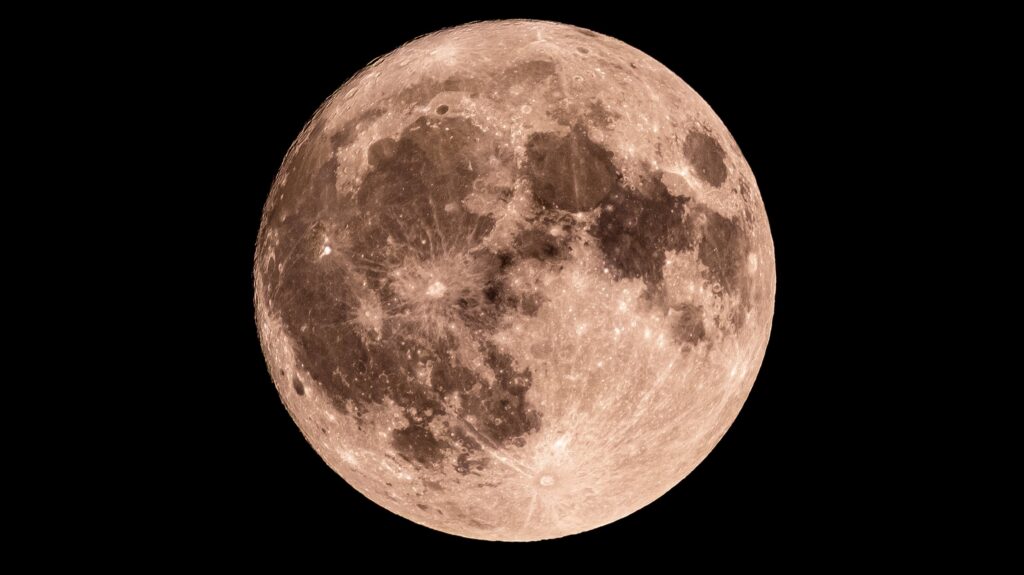
On August 2, 2025, the moon enters the Waxing Gibbous phase, appearing approximately 60% illuminated. This phase occurs on day nine of the lunar cycle, which spans about 29.5 days, as detailed by NASA. The moon’s visibility changes due to the varying angles of sunlight illuminating its surface while it orbits the Earth.
The Waxing Gibbous phase offers an excellent opportunity for lunar observation. Those in the Northern Hemisphere can locate key features on the moon’s surface towards the top right, while observers in the Southern Hemisphere will see these on the bottom left. Notable areas visible to the naked eye include the Mare Fecunditatis, Mare Tranquillitatis, and Mare Crisium. For a more detailed view, binoculars can reveal the Alps Mountains, Apennine Mountains, and the Aphonsus Crater. Telescopes can provide even more detail, showcasing the Rima Arladaeus, the Descartes Highlands, and Rupes Altai.
Understanding Moon Phases
Moon phases are a result of the moon’s orbit around the Earth, which affects how sunlight reaches it. This cyclical process leads to eight distinct phases:
– **New Moon**: The moon is positioned between the Earth and the Sun, rendering it invisible.
– **Waxing Crescent**: A small sliver of light appears on the right side.
– **First Quarter**: Half of the moon is illuminated on the right side, resembling a half-moon.
– **Waxing Gibbous**: More than half of the moon is lit, but it is not yet full.
– **Full Moon**: The entire face of the moon is illuminated and visible.
– **Waning Gibbous**: The moon begins to lose light on the right side.
– **Last Quarter**: The left side of the moon is now illuminated.
– **Waning Crescent**: A thin sliver of light remains on the left side before the cycle restarts.
According to NASA, as the moon orbits the Earth, we consistently see the same side, but the amount illuminated changes. This variation leads to the different phases that many find fascinating to observe.
Upcoming Full Moon
The next full moon will occur on August 9, 2025, following the last full moon on July 10, 2025. As enthusiasts look forward to this full display, the Waxing Gibbous phase serves as a reminder of the ongoing lunar cycle and the beauty of our celestial neighbor.
Understanding these phases enhances our appreciation of the night sky and encourages more people to explore lunar observation. Whether through the naked eye or with tools like binoculars and telescopes, the moon continues to captivate and inspire wonder across the globe.







